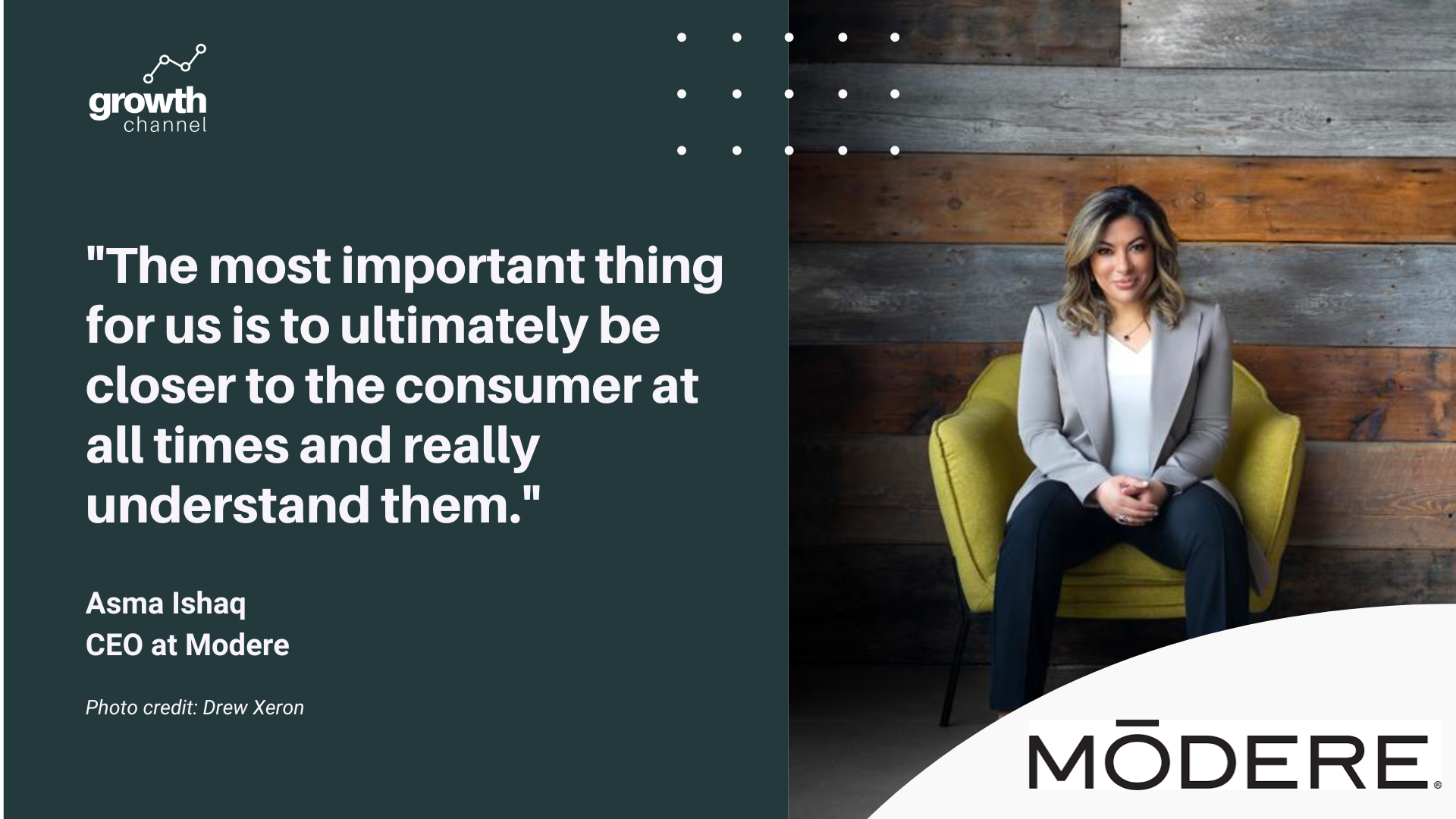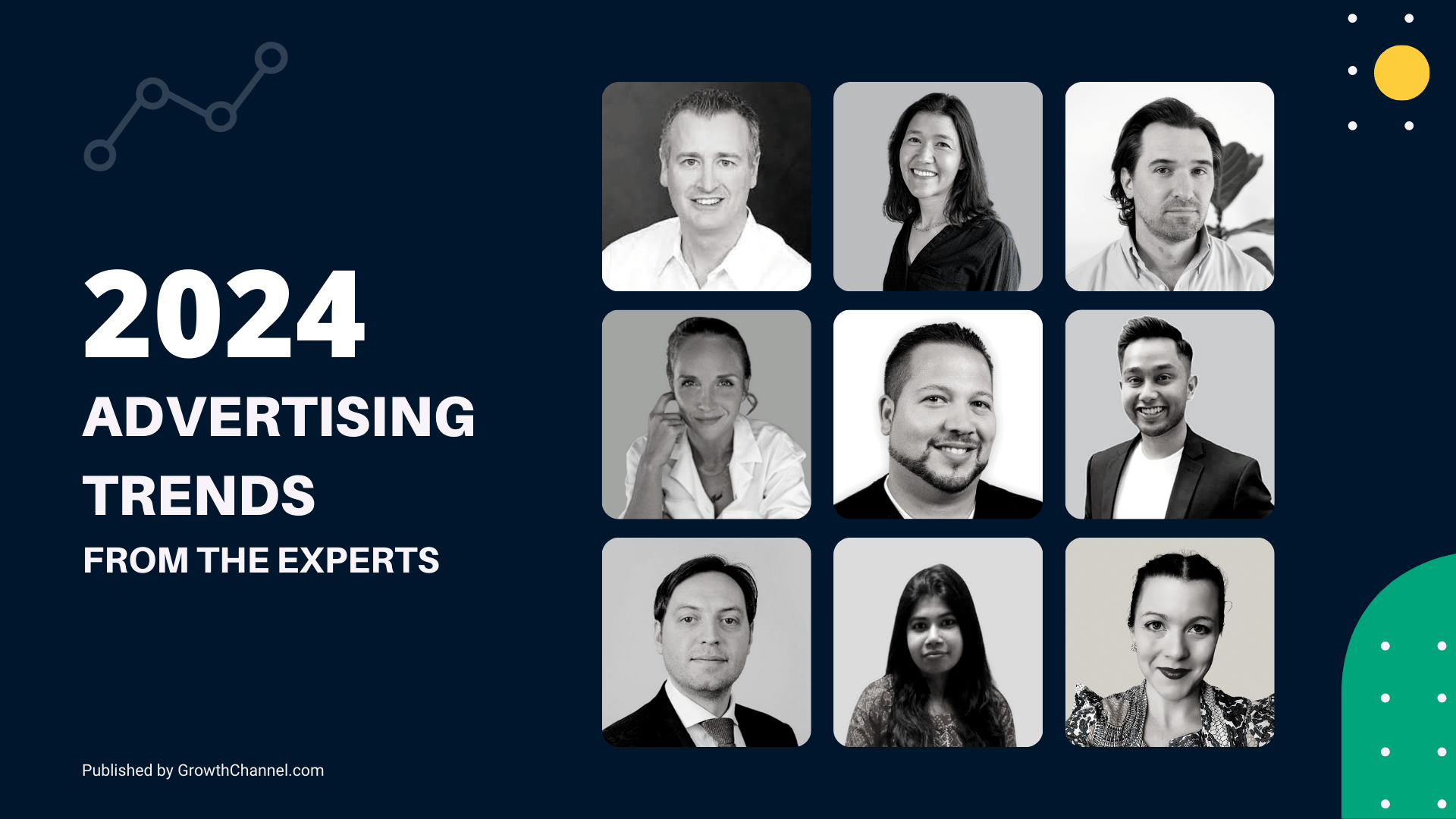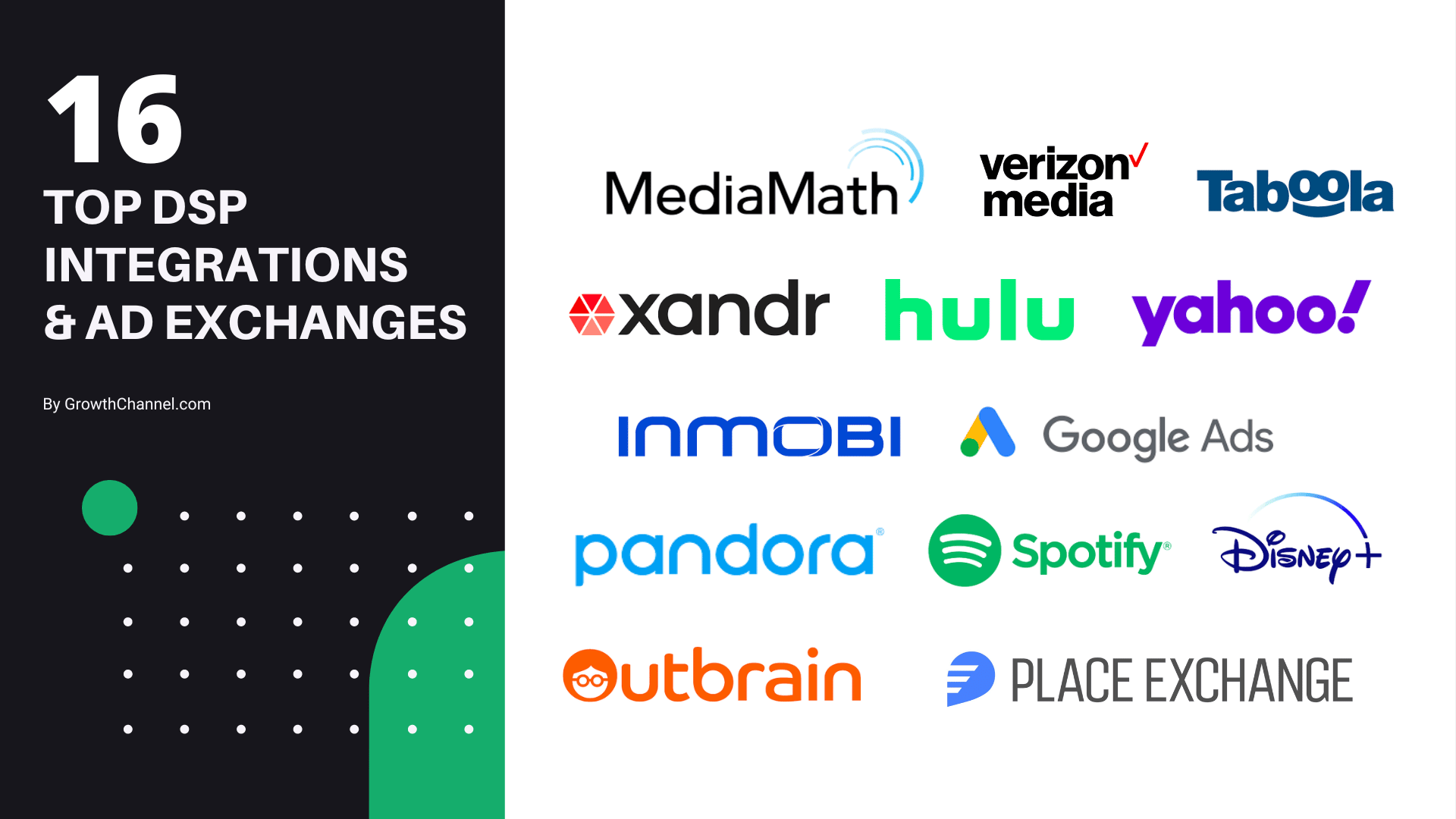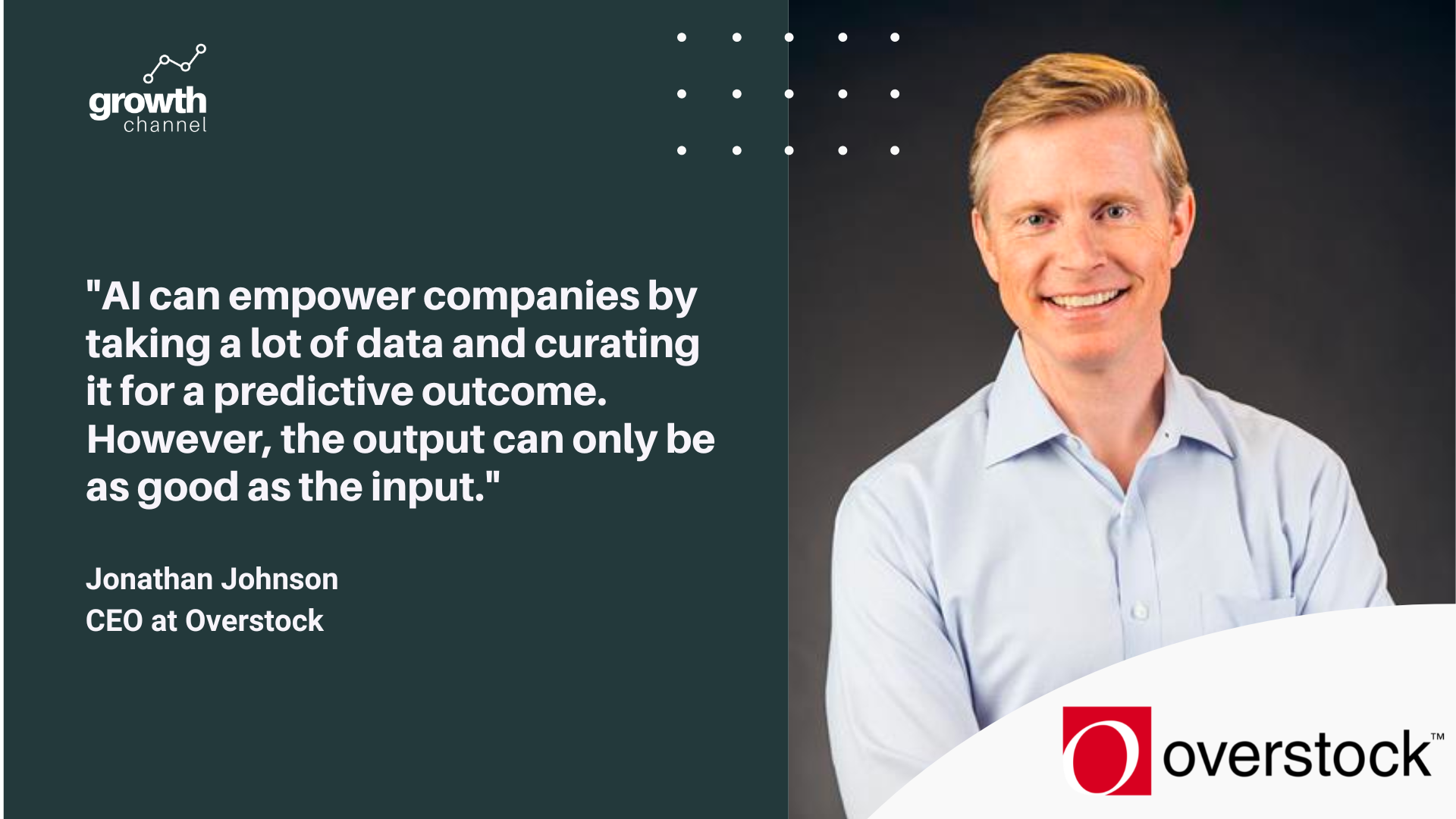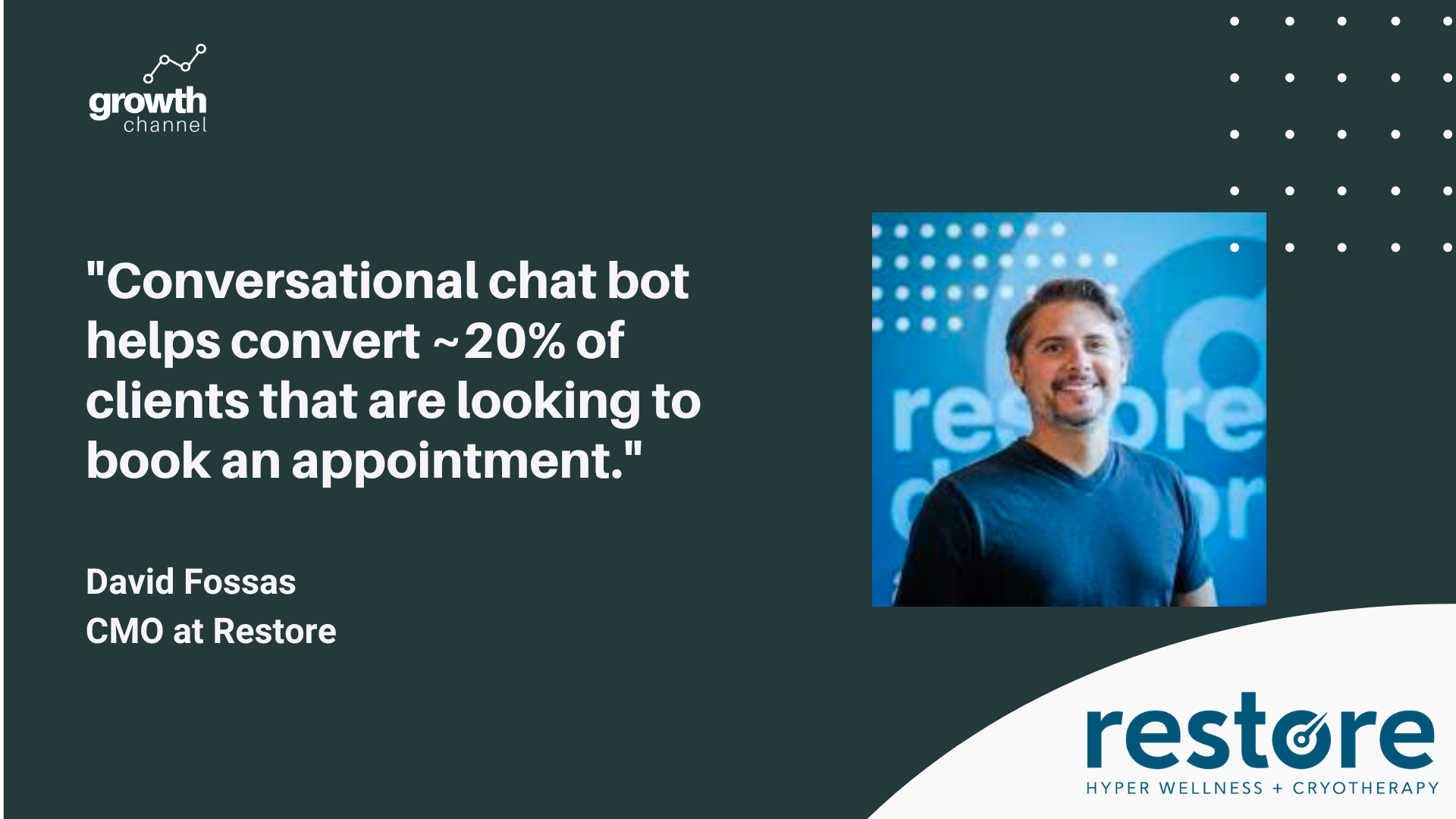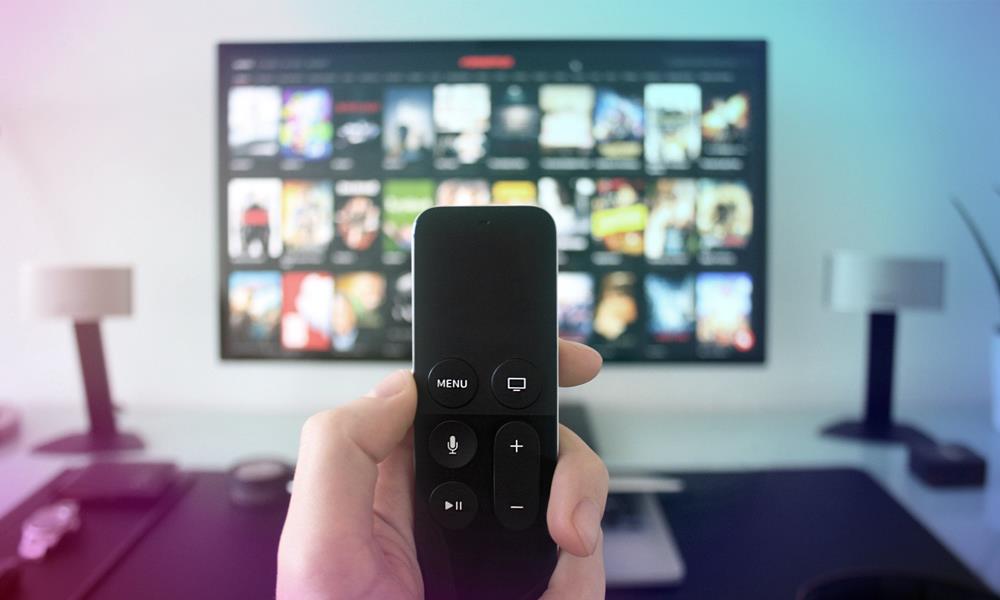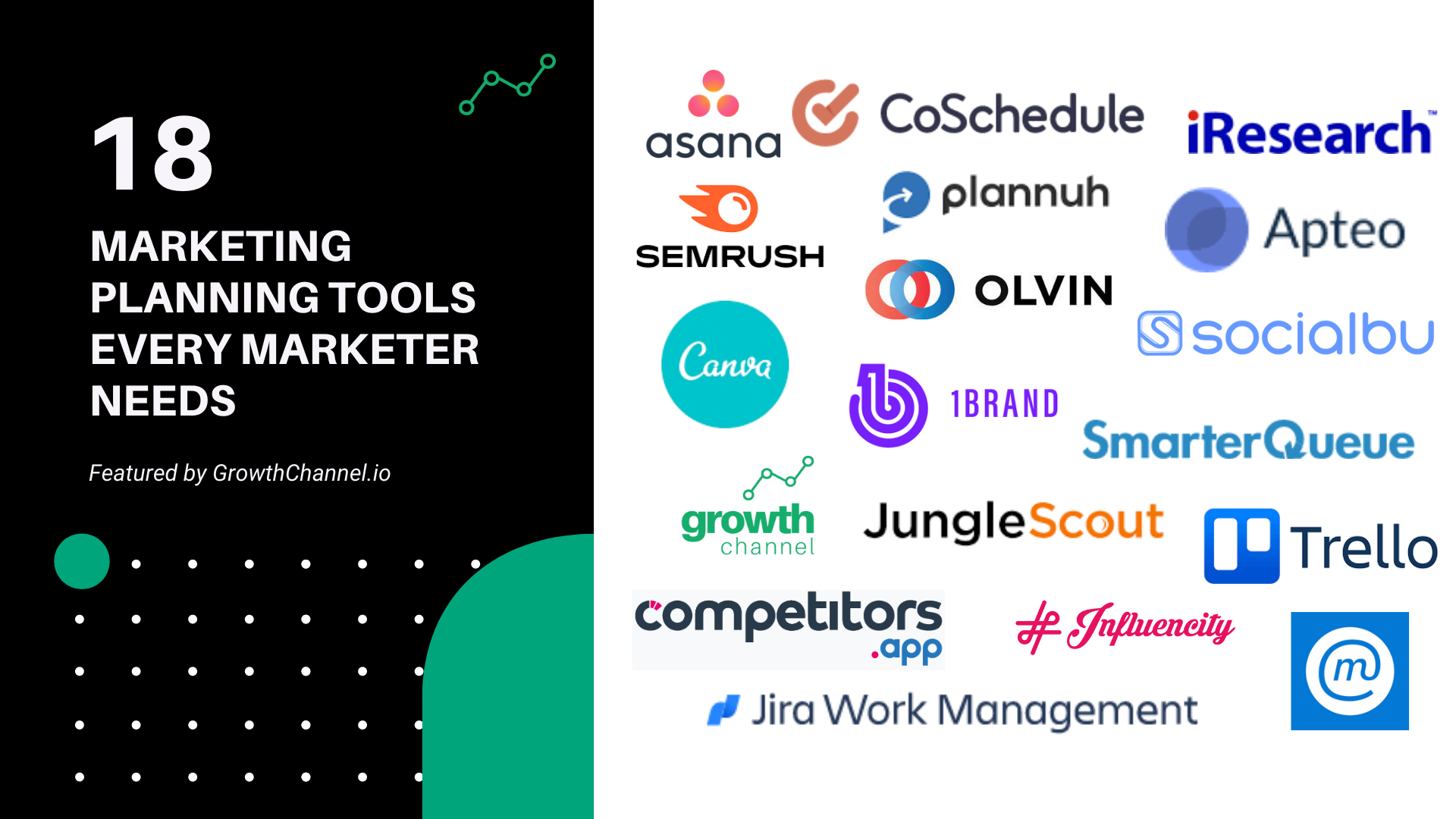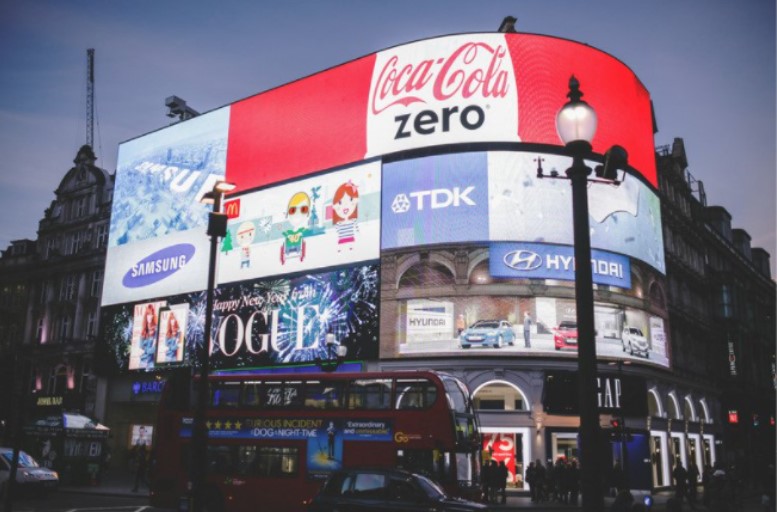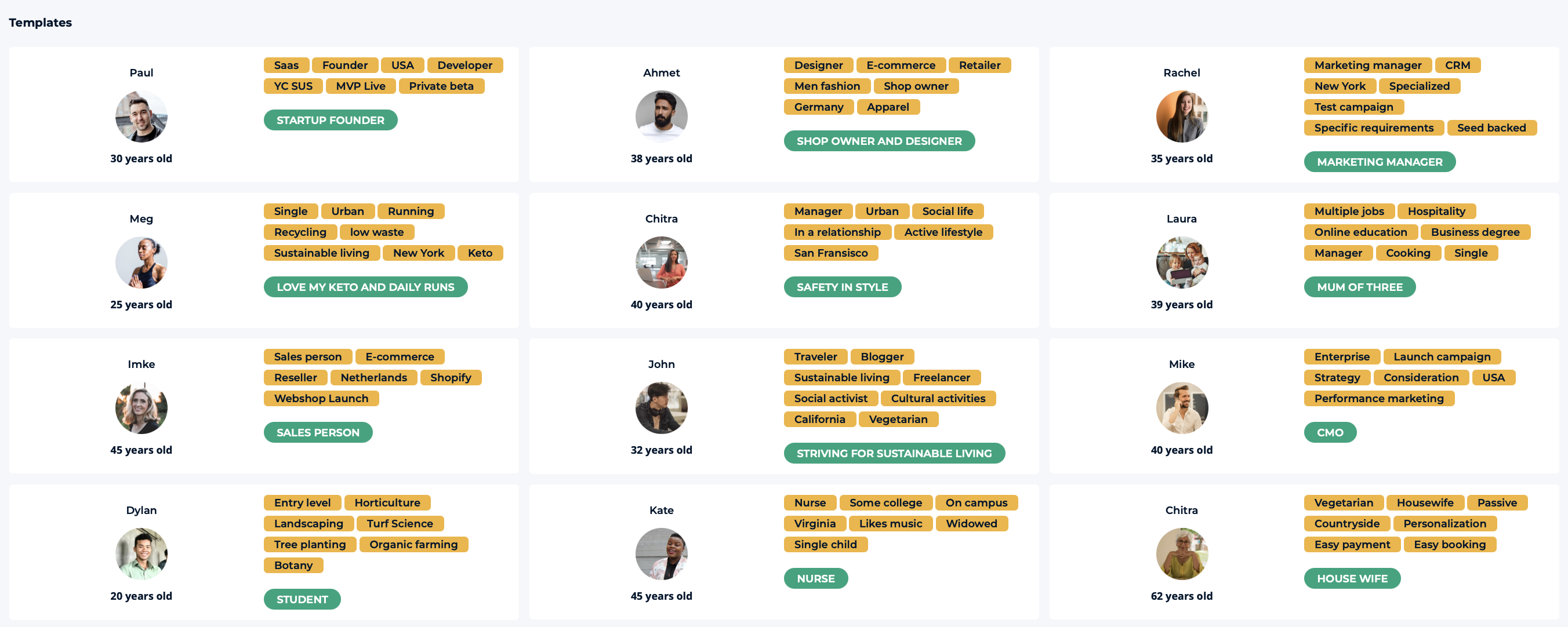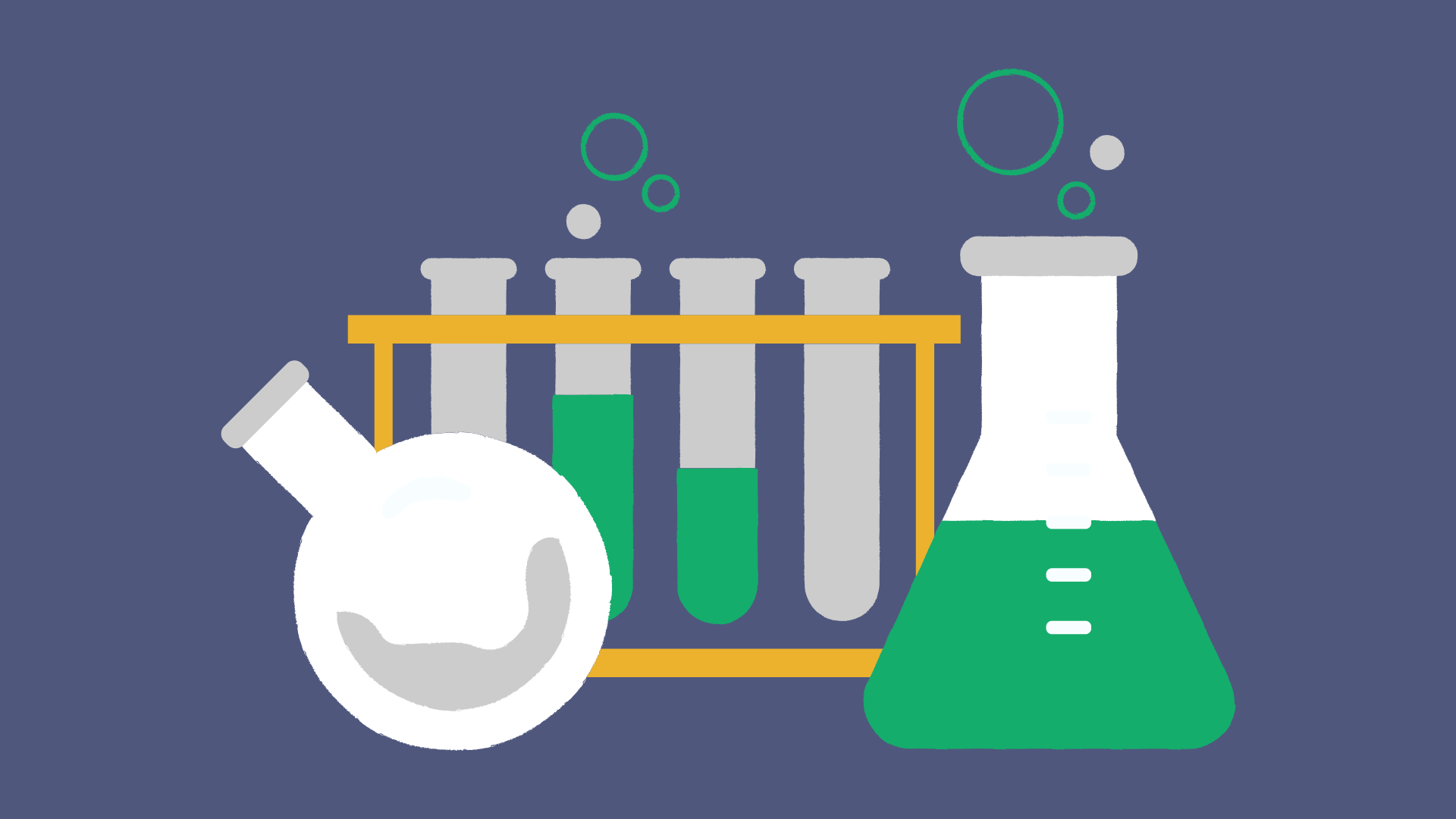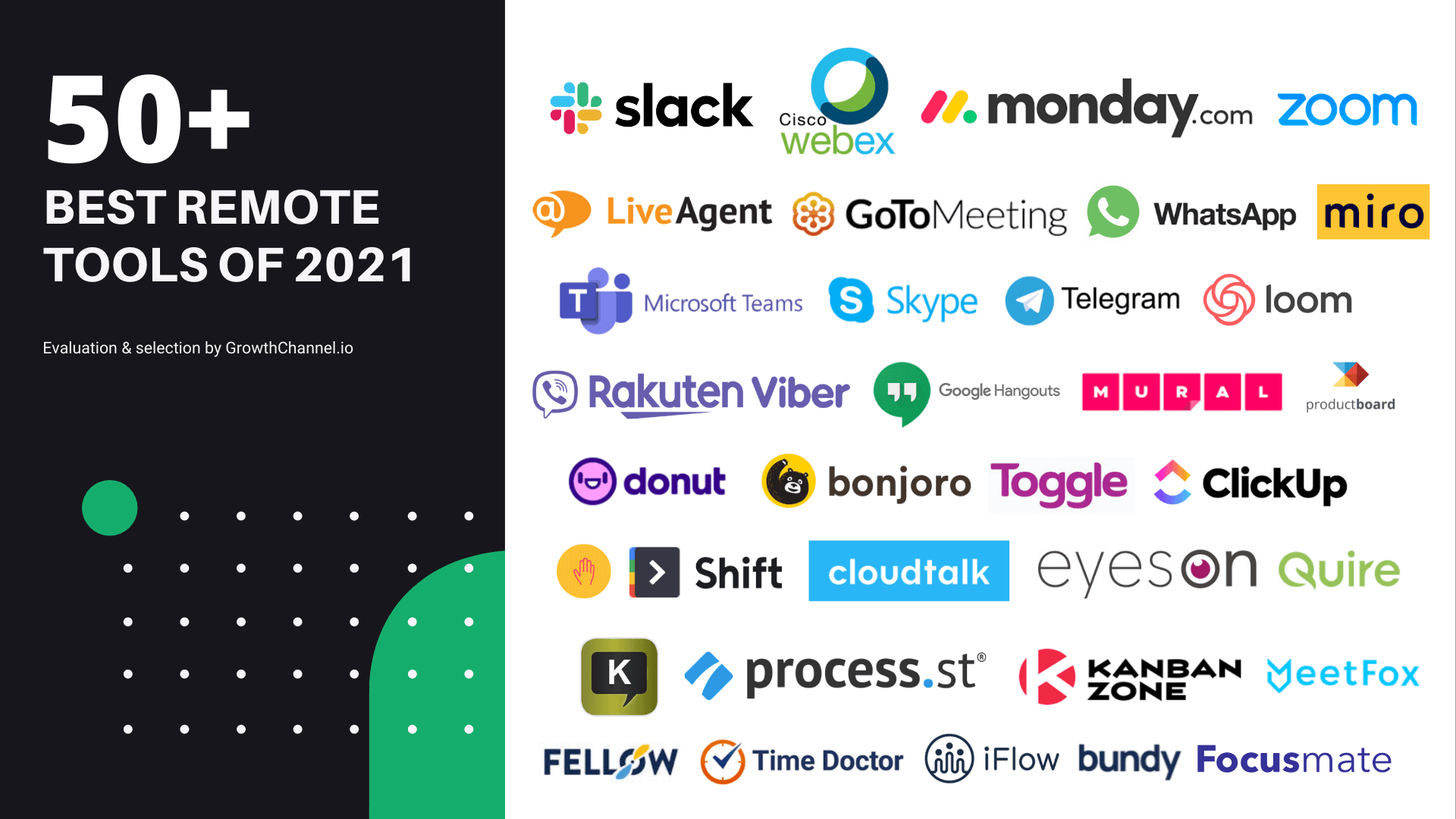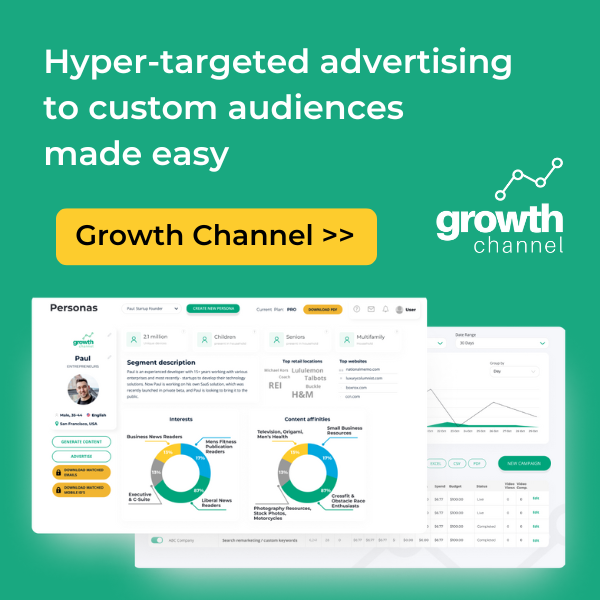We spoke with Modere CEO Asma Ishaq about the brand’s use of AI and innovation in marketing.
Modere is a clean label health & wellness, personal care, and household brand primarily focused on eCommerce and direct-to-consumer (DTC) channels. For the past three consecutive years, Modere has ranked among the top five Fastest Growing Women-Led Companies by the Women Presidents Organization and JPMorgan Chase, in recognition of the brand’s position at the forefront of innovation in health and wellness.
Operating in 44 countries around the world, Modere’s holistic live clean philosophy drives every aspect of the brand, going beyond its ingredient paradigm to encompass business operations, company culture, community activism and environmental advocacy.
Let’s dive into the insights of how Modere is driving their marketing innovation.
How are you applying innovation in your marketing?
“It's really important to reach the consumer where they are, and today you can reach consumers in very different ways. It used to be that marketing was very physical in nature and focused on positioning a product on a shelf. Now, however, online channels such as social media, social commerce, and influencers have become much more important for reaching consumers via virtual platforms.
“When we're talking about innovation, we're really talking about adapting technology to reach the consumer, create more awareness, and drive conversion. Modere maintains a very high conversion rate, and that is directly related to the trust and loyalty that we have earned from our customers. Technology has been essential in helping us to cultivate that trust and loyalty by enabling us to better understand our target consumer and predict what she will do next after being introduced to the brand.”
If you can master the art of conversion, then your responsibility is to make sure that you’re satisfying the customers’ needs at every touchpoint after that relationship begins.
“By virtue of the continual evolution of technology, we’re gaining access to ever more new technical tools. What’s more, the suppliers and partners within technology have significantly evolved over the last three years, due in large part to the pandemic, which accelerated the digital transformation for many companies. Partners in the AI and data analytics space are even more accessible today than they were five years ago.
“AI is becoming prevalent in customer service, in the ability to achieve sales goals, in the consumer relationship, and in prediction models. It's also within automation. For example, we use AI to help us with things like forecasting and predictive purchasing behavior where AI helps create simple yet meaningful experiences for our consumers. We're investing our resources in bringing that technology to the forefront of our brand and making sure that our consumers benefit from the resources and investment that we're making.”
What challenges are you facing with implementing AI into your current marketing processes, and how are you overcoming them?
“It's probably the kind of challenge that every company is dealing with, which is to work backwards from the end goal to make sure we use the most meaningful intelligence. For us, the objective is growth and sales, higher retention, higher conversions, customer satisfaction, NPS, and to ensure that all indicators of customer experience are at the optimal level.”
Can you talk a little about your process for marketing planning?
“We start with our company objectives. We always operate on a three-year plan for executing our top initiatives. From there, we want to make sure that our marketing objectives actually fulfill the overall company objectives. Marketing then uses technology and AI to obtain the targeted objectives- whether that be to increase customer acquisition, improve NPS, or improve retention rates. We do a lot of testing to find out whether or not the marketing message is actually working and fits the company objectives. Above all, it has been and will always be about how we can simplify the customer journey.”
What are your marketing priorities?
“We have goals for market expansion. Although Modere is currently in 44 countries right now, we have hardly touched the full potential of our brand. We just launched India distribution a little over a year ago, and we have plans to further expand into Latin America and the Middle East.
We also have a very clear target when it comes to NPS, customer satisfaction, and the impact we want to make on customer retention. We're very fortunate that an overwhelming majority of our customers- over 90%, in fact- plan to purchase something else from us in the next 12 months. We also have metrics and studies indicating that our consumers plan to purchase more products from us because they trust our brand and the efficacy of our products for health and wellness. We need to make sure that the technology we use makes it easy for consumers to stay with us longer, take advantage of our loyalty programs, and extend that lifecycle.”
What’s one of your successful multichannel activation campaigns?
“The opening of our first brand experience center in Soho, New York is one example. As we have a very digitized and online relationship with our consumer, the brick & mortar presence allows for that consumer to actually be immersed in our brand. It also helps us to gather key data points for our R&D and Product teams by sampling products and gathering feedback from the consumers. This is where our customers can try new products that we're developing and give us that direct feedback.”
